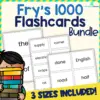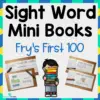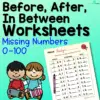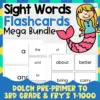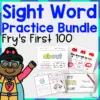Every object that the child sees has a shape or form. These provide visual information for children to understand and process the world around them. That is why children must learn this math concept early on.
Using literature for children to teach shapes is an effective way to help them identify, match, and compare these forms. Here are ten fun shape books designed for young learners to enjoy.
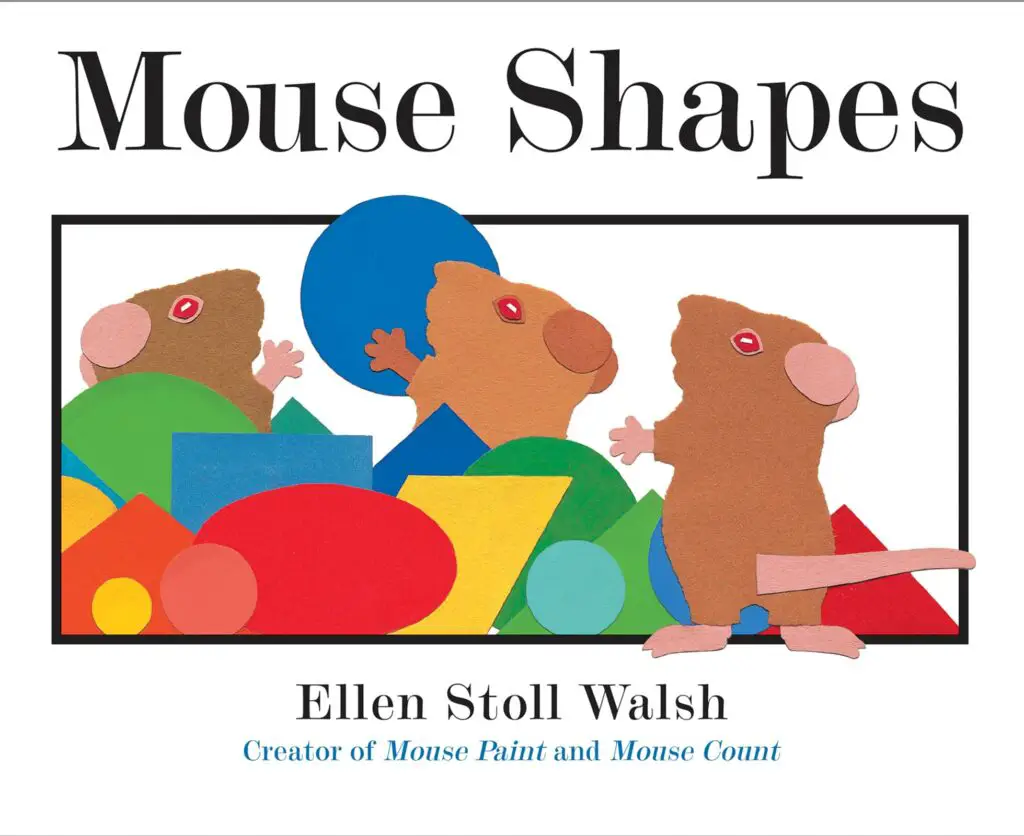
The three mice, Violet, Martin, and Fred, are running away from a sneaky cat when they stumbled upon some shapes to hide in.
“Mouse Shapes” by Ellen Stoll Walsh tells the adventure of these three mice who bravely thought of a way to outsmart a cunning cat that has been after them. This book goes beyond teaching children to shape recognition.
It also helps children understand how shapes can be combined to form different images that are familiar to them. It provides a basic drawing lesson and teaches children to think creatively and critically to solve problems.
Modeling how to form images is a wonderful way for children to imitate the action and encourage them to try and experience the ideas presented in the book.
For example, the mice thought placing a triangle on a square could form a house. A triangle on a rectangle can form a tree. Adding a yellow circle resembling the sun made them create a familiar scene for children.
This book can be used for children to use shapes as manipulatives to form different images they can think of.
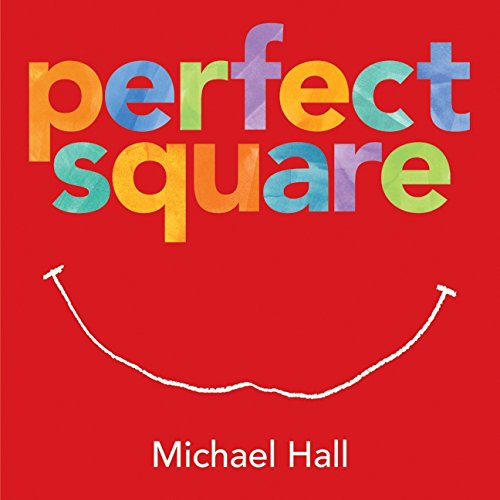
Michael Hall’s “Perfect Square,” tells the story of one red square’s adventure throughout the week. Each day, the square is deconstructed and formed into something new.
The book mentions the days of the week, which is a perfect way for children to remember the order of days. It also presents the different colors of the rainbow. Color recognition can be taught with this book.
The illustrations also show different ways of handling the paper square, which will improve the children’s fine motor skills. These include cutting, punching holes, tearing, shredding, crumpling, and wrinkling.
Use this story for children to do the same exercises presented in the book. Let children develop their imaginations as they cut up the squares and form something new.
For older children, use this book to teach classic art. Show children the work of Josef Albers. His “Homage to the Square” can be a perfect masterpiece for children to be inspired with as they make their concentric squares.
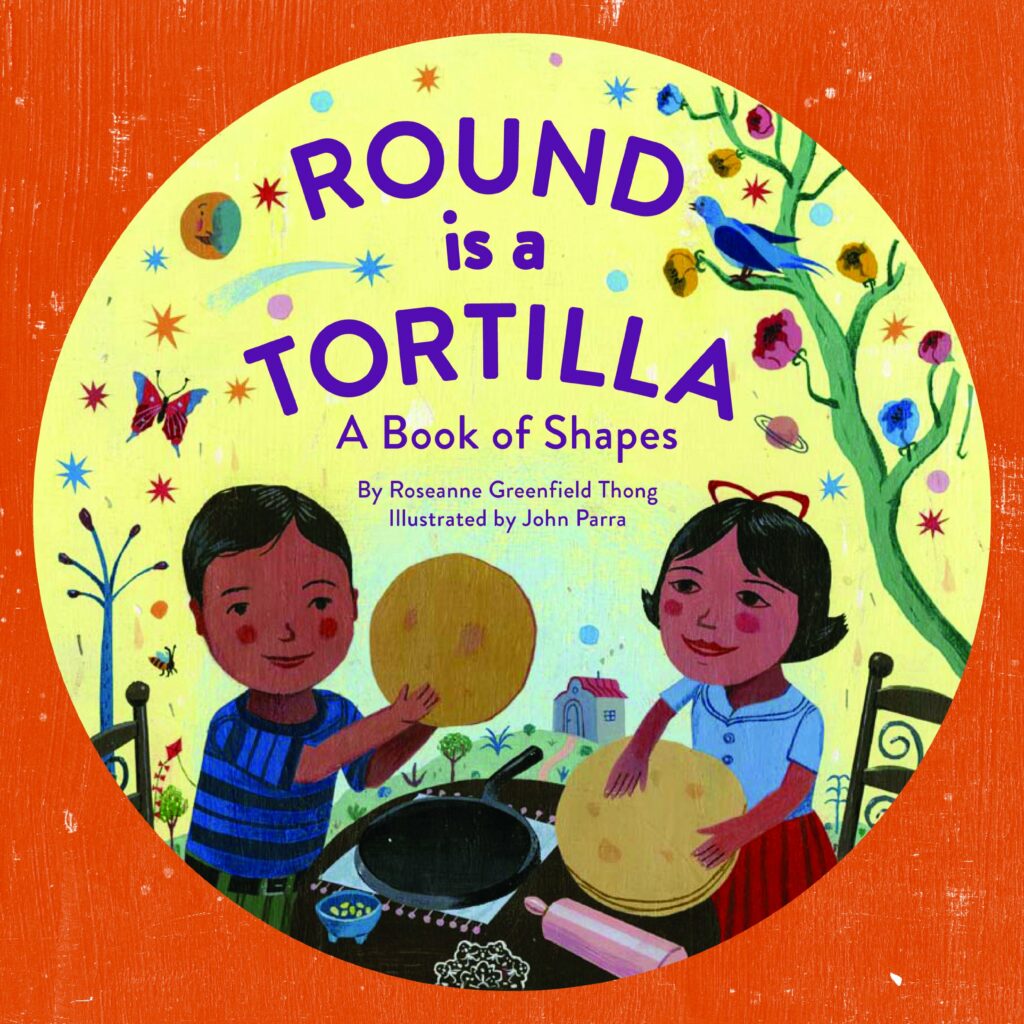
Introduce the Mexican culture to children as they learn about the different shapes with the book “Round is a Tortilla” by Roseanne Greenfield Thong. The story presents other objects with a specific shape that children can be familiar with.
This book can help increase children’s Spanish vocabulary using words native to Mexicans. Some of these have an English counterpart, such as ventanas for windows.
However, other words like the metate are unique to Mexican culture. If possible, use pictures and videos to show what these objects look like in real life.
Use this book to help children recognize objects in the illustrations that follow a shape. Play the “I Spy” game by showing the page in the book and asking children to find things with the given shape.
For example, they may point out or name the pictures of windows, clocks, and picture frames for a square shape. Children may also name common objects from their homes with the same shape.
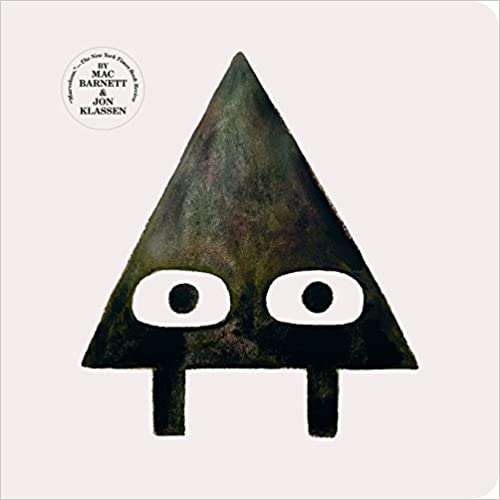
An anthropomorphic triangle gets sneaky with a friend in the story “Triangle” by Mac Barnett. In the world of shapes, a triangle attempted to prank a shape friend: a square.
This book is a great companion in teaching shape recognition and teaching that shapes can come in different sizes. The book also points out that some objects may not have a particular shape. In the book, these were called shapes with no name.
This book provides a good narrative for children to understand form or inset puzzles, a cognitive skill. Encourage children to match shapes and use shape puzzles with this book. Children may also arrange different sizes of the same shape.
Children can gain visual-perceptual information as they see a shape and understand that it can fit in an inset or hole with the same shape.
For example, in the book, the square cannot get through the triangle’s entrance because it is designed differently.
The friendship between the two shapes is a great example to use in helping children develop social-emotional skills. Ask children their reactions when a friend plays tricks on them.
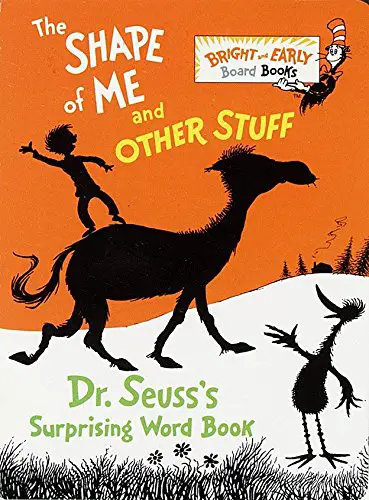
In the classic rhyming narration style, The Shape of Me and Other Stuff by Dr. Seuss encourages children to be aware of the shapes and forms they see around them.
The illustrations in the book are presented in shadows against a solid color background to highlight the silhouettes. The book is a great way to help children improve their visual-perceptual skills by understanding the black figures they see.
Children can name the illustrations in each book. Point out to an image and ask what they see. If they sound unsure, provide simple clues, such as “It’s a zoo animal.”
Use the book for shadow-matching activities. Outline an image or shape on paper and blacken it using a marker. Draw the same unblackened image on a separate paper. Let the children find the matching pictures.
For older children, explore the idea of shadow puppetry. Use simple illustrations that children can easily identify, like different animals. Ask children to give the sound of the animals or even name these.
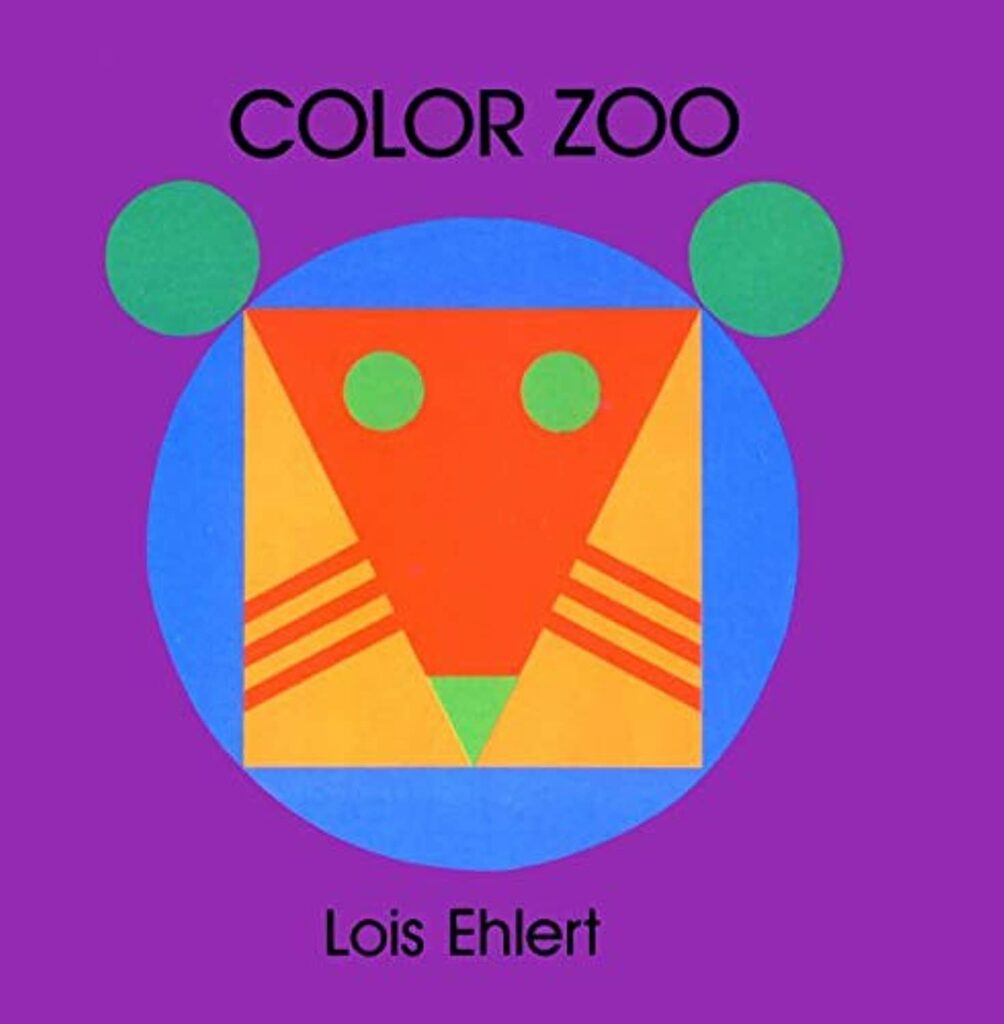
Perfect for young children, Color Zoo by Lois Ehlert is presented in a unique style that provides a multi-sensory approach to teaching shapes. Each page is in a die-cut form and named a basic shape.
Because the pages have been cut out in the middle part, an image of a geometric mouse is seen at the end, as if peeking. As children turn the page, it provides an illusion of looking into a layer of windows.
The image of the mouse turns into a different animal as the pages are turned, depending on the shape presented. The mouse turns into a fox, an ox, a monkey, a deer, a goat, and a snake.
Use the book’s pages for children to trace the shape with their fingers. Note features such as the number of corners each shape has and the curves. Children can also identify the colors used in the book.
Once finished, read the book again. This time, starting the end. As a shape is presented, ask children what animal they think it will turn into. This activity will help children to infer and imagine.
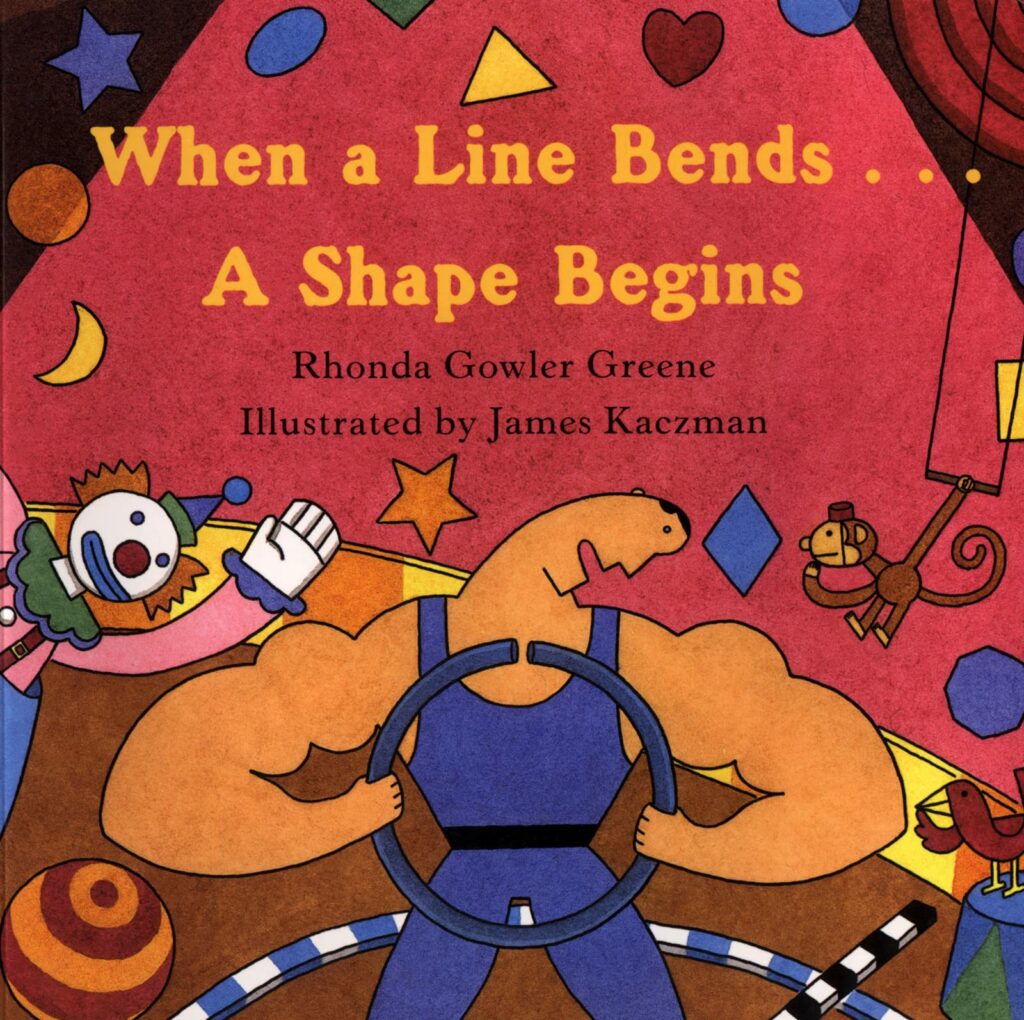
A shape begins with a line. These lines can be seen everywhere, and they are not usually straight. Once they bend, they will form different shapes. This is the principle presented in When a Line Bends . . . A Shape Begins by Rhonda Gowler Greene.
As each shape is shown, real-life examples are presented for children to associate with. This is an excellent book to use in teaching children different shapes. It clearly describes how each one is unique and different from the others.
Playing a scavenger hunt of shapes is a great activity with this book. Children may be given a list of shapes that they need to find. For younger children, drawing the shapes instead of writing the words is recommended.
Once children find the items matching the shape on the list, explain why the objects match the shape. Point out the description presented in the book.
For example, if the child takes an eraser for a rectangle, ask the child if it has four sides and corners. Ask if two of the sides are shorter. Doing this will also help children develop their critical thinking skills.
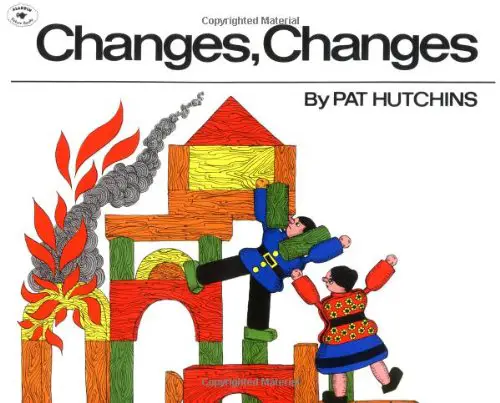
A wordless picture book, Changes, Changes by Pat Hutchins, tells of an adorable wooden doll couple who tried building their home by stacking different shapes of wooden blocks. However, just as they were finished, their house caught fire.
The couple tried to save as many wooden blocks as possible. Once the fire was out, they used the blocks to build a ship and sailed away. When they landed, they took apart the ship and made a truck.
Next, they built a train to get to their desired location. The story ended with them rebuilding their house.
This book teaches children shapes and to imagine different things that can be made by playing with wooden blocks. Let children use the illustrations in the book to tell the story. This will help improve their oral language skills.
Allow children to retell the story by recreating the house and the vehicles presented in this book. As they play with the blocks, their visual-motor skills will improve.
Ask children to create a different object not shown in the book to help them think and imagine.
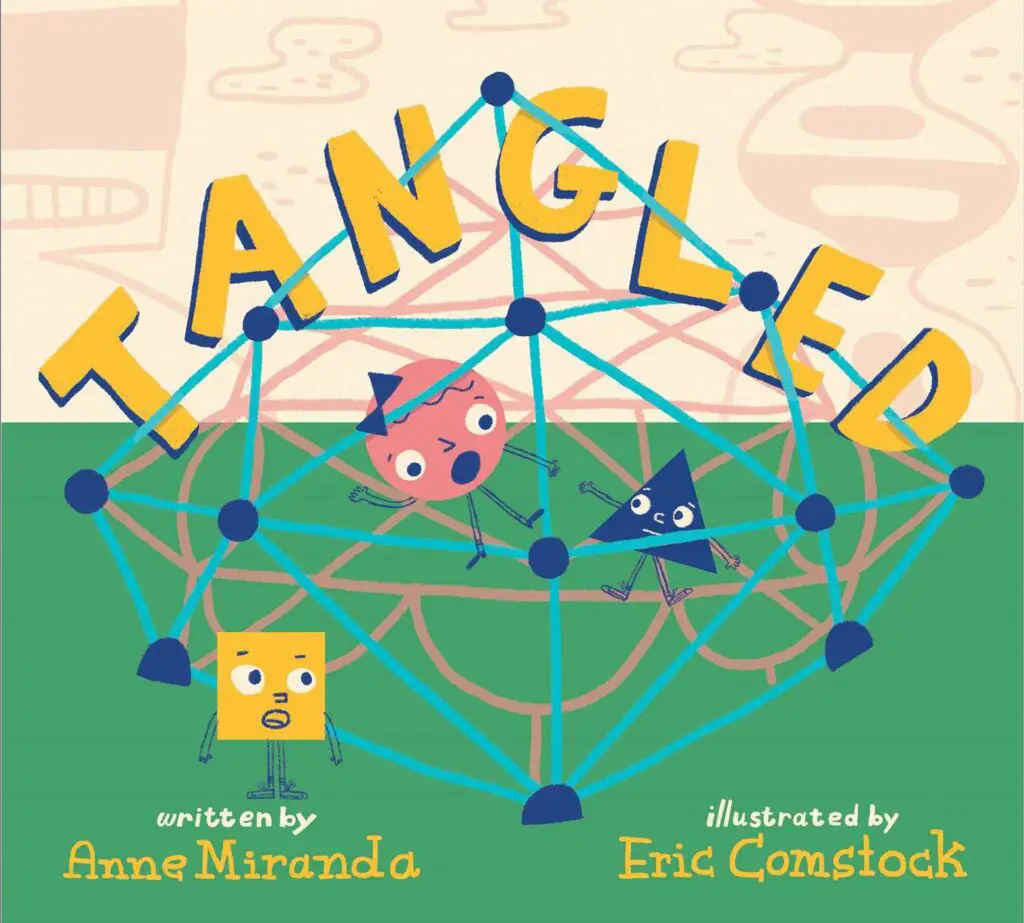
In the book Tangled: A Story About Shapes by Anne Miranda, children are presented with different shapes, including 2D and 3D shapes.
The story starts with the circle getting stuck in the jungle gym. As the other shapes attempted to help, they all got stuck. A line formed a plan to free everyone.
With the help of some 3D shapes-sphere and prism, the jungle gym fell apart, and the shapes were untangled. This book is an amazing help for educators teaching the differences between 2D and 3D shapes.
Use different materials to reinforce this concept. For 2D shapes, use puzzles, insets, and picture cards for children to match. They can also cut, draw, and use manipulatives, such as geoboards or sticks, to make the shapes.
Use solid geometric forms in teaching 3D shapes. Let children explore these pieces by touching and examining them. Next, place similar shapes side by side for comparison.
For example, place a circle and sphere together for children to see the similarities and differences. Let children describe and explain what they see.
Finally, provide real-life examples of these shapes by showing objects, pictures, or videos to help children make associations. For example, the globe is an example of a sphere, a wooden block for a cube, and an egg for an ovoid.
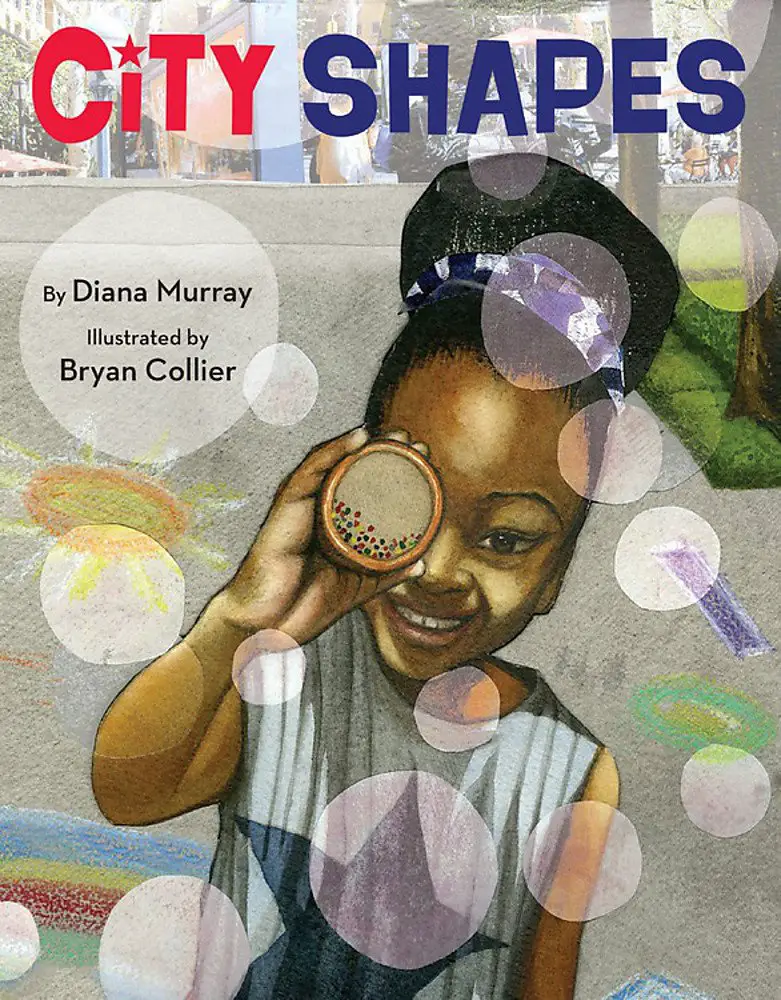
City Shapes by Diana Murray is a story about a girl exploring the different shapes she can find around her neighborhood in the city. From flags and banners to kites, the book emphasizes that countless shapes can be found around us.
Recreate the story to teach shape recognition by letting children play an “I Spy” game. If possible, let them use toilet paper or paper towel rolls as pretend binoculars during the game.
Let children find objects with common shapes. If possible, do this activity outdoors or during a nature walk. Use pictures of city scenes if going out is not an option. Children may race to find an object with the given shape.
Another option is to hide an object in a particular area and let them play detectives as they locate the object. For a more challenging game, focus on one shape at a time.
For example, hide a flag, a ruler, and an envelope for the rectangle. Describe the object by mentioning its shape, size, color, function, and other features as clues for children.
Conclusion
Shapes are important concepts that children can learn in many ways. Consider using these books as a supplement to help provide an engaging introduction to the topic.
Pair these books with engaging and interactive activities that will help children use their various senses to understand the different shapes better. Use materials like pictures and manipulatives for children to grasp the concept.
Thank you for reading!
Related activities and resources you might find helpful:


